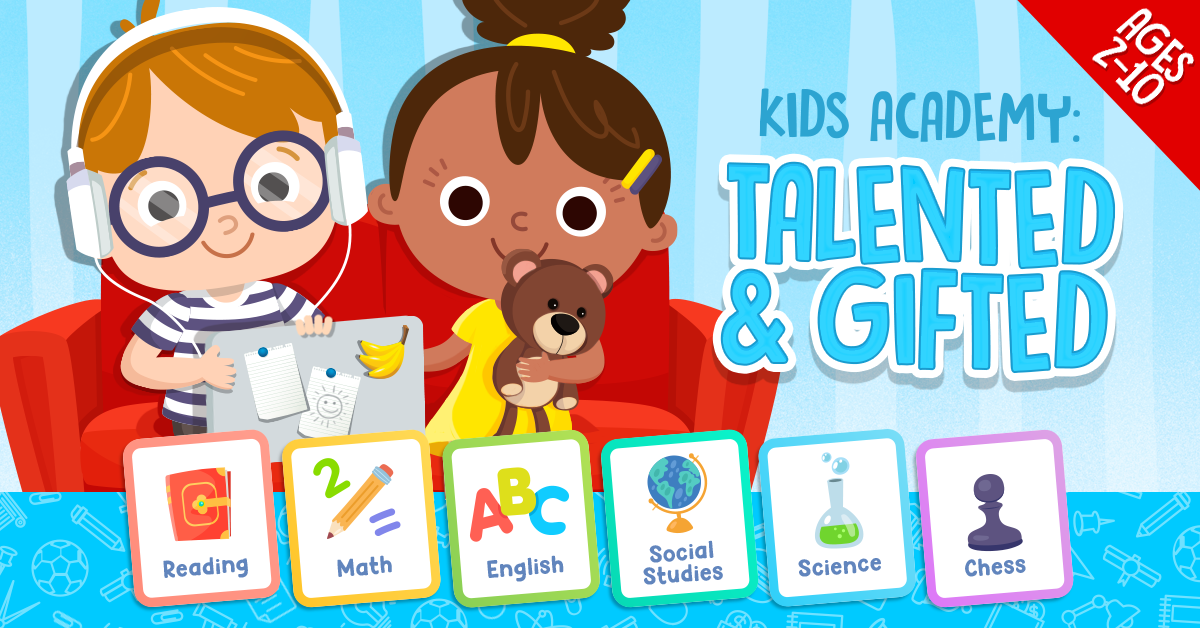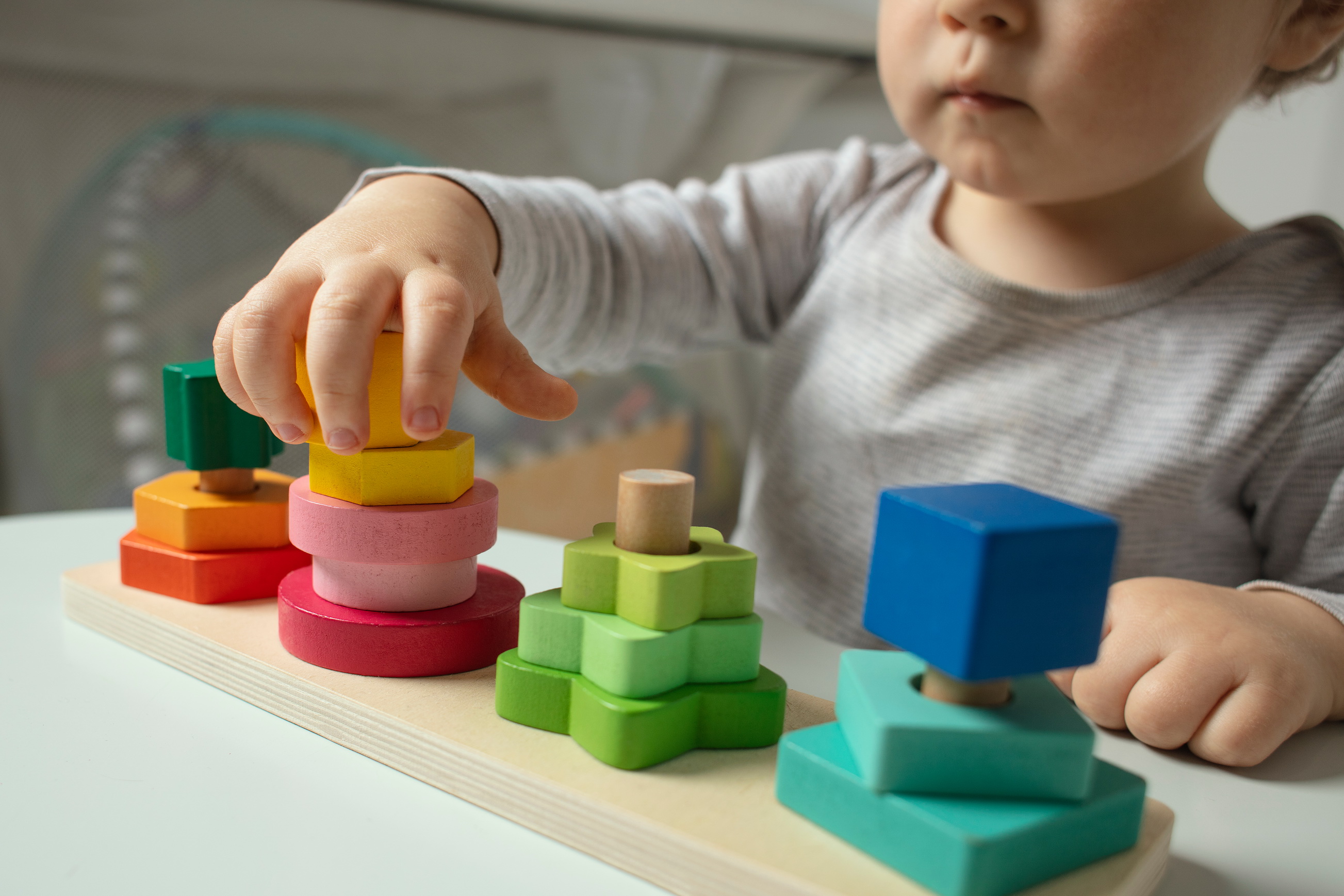Normal Songs and Poems Worksheets Activities With Answers for Ages 5-8
11 filtered results
-
From - To
Engage your young learners with our "Normal Songs and Poems Worksheets" designed specifically for ages 5-8! These interactive activities blend creativity and education, making learning memorable and fun. Each worksheet features captivating songs and poems that nurture literacy, rhythm, and language skills. With easy-to-follow instructions and answer keys provided, teachers and parents can effortlessly guide children through the activities, ensuring a smooth and enjoyable experience. Perfect for classroom settings or home learning, these worksheets encourage children to explore the enchanting world of music and poetry while enhancing their reading comprehension. Download now and inspire a love for language!
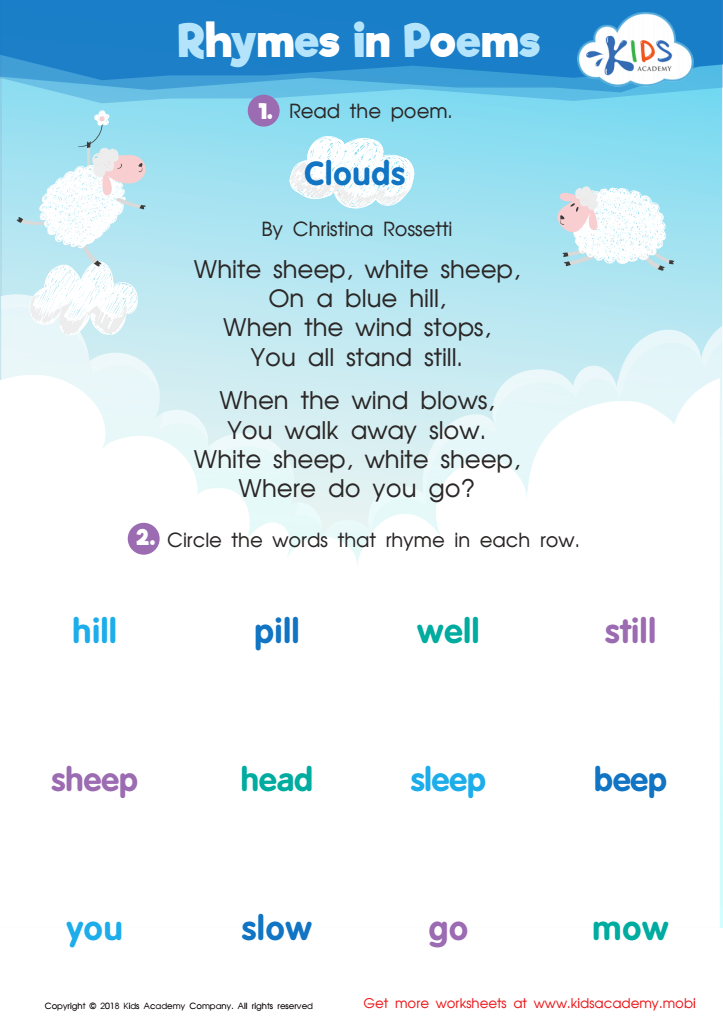

Rhymes in Poems Worksheet
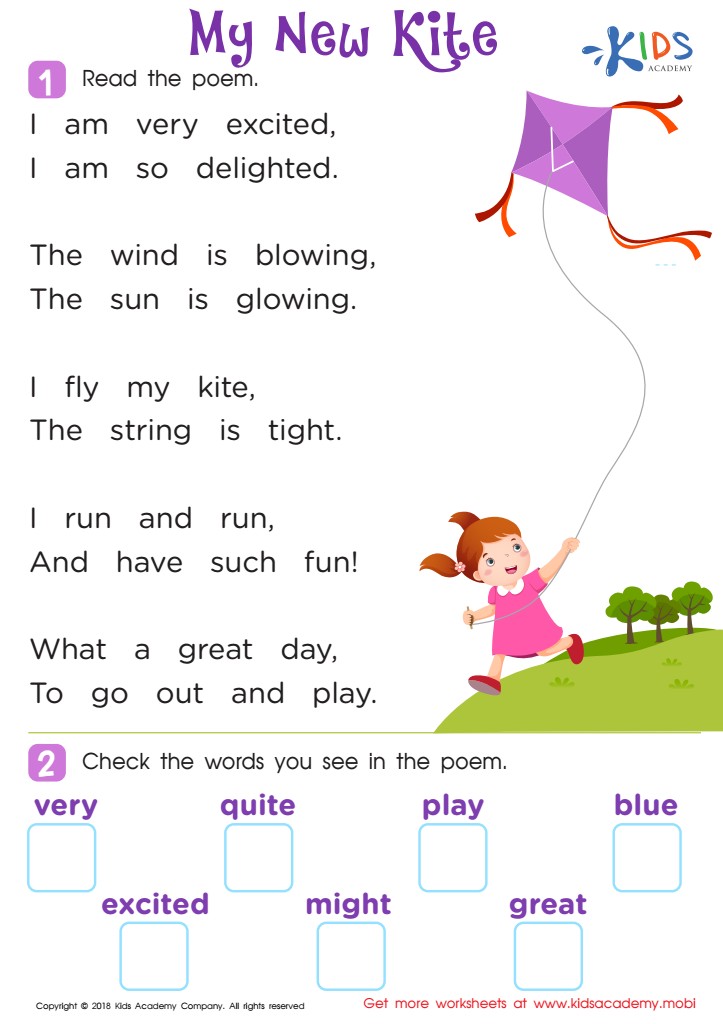

Poem: My New Kite Worksheet
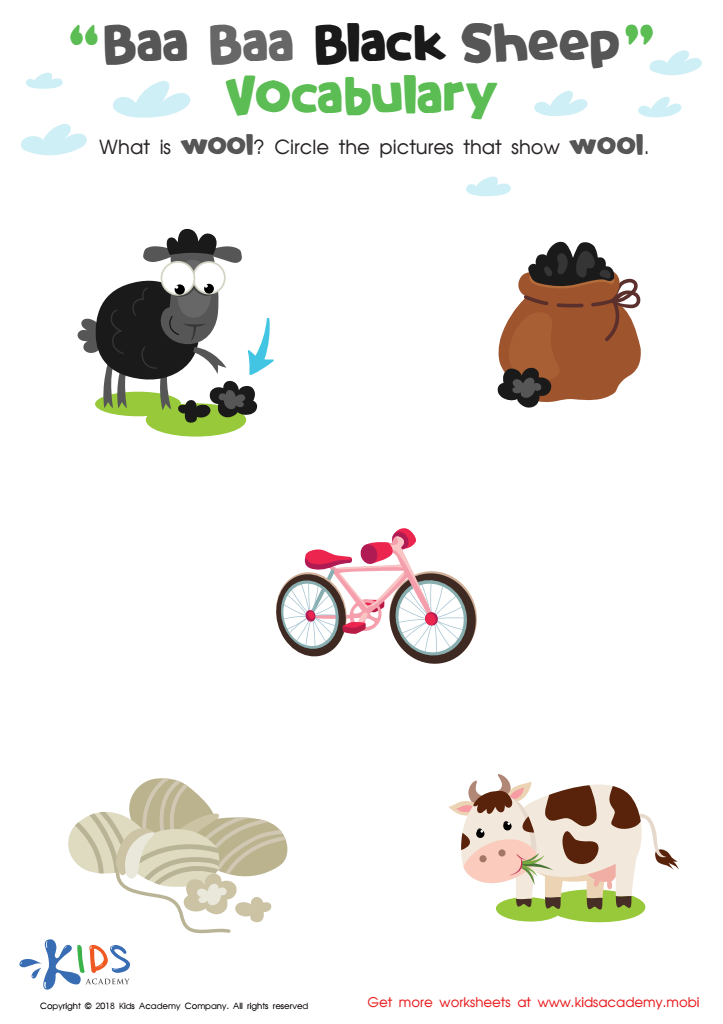

Baa Baa Black Sheep: Vocabulary Worksheet
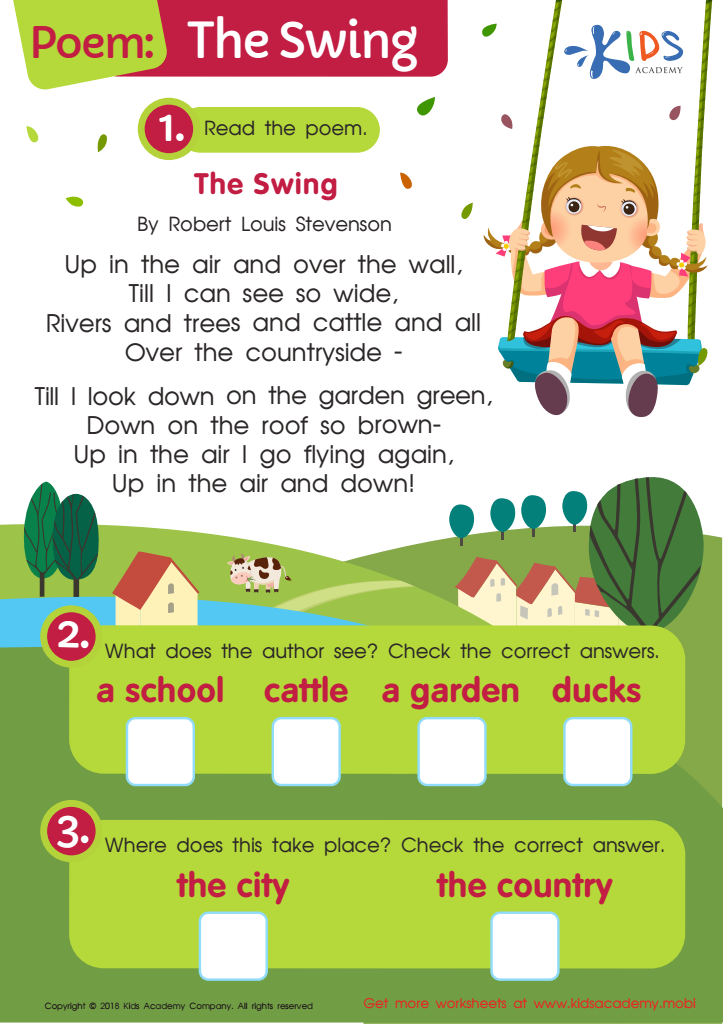

Poem: The Swing Worksheet
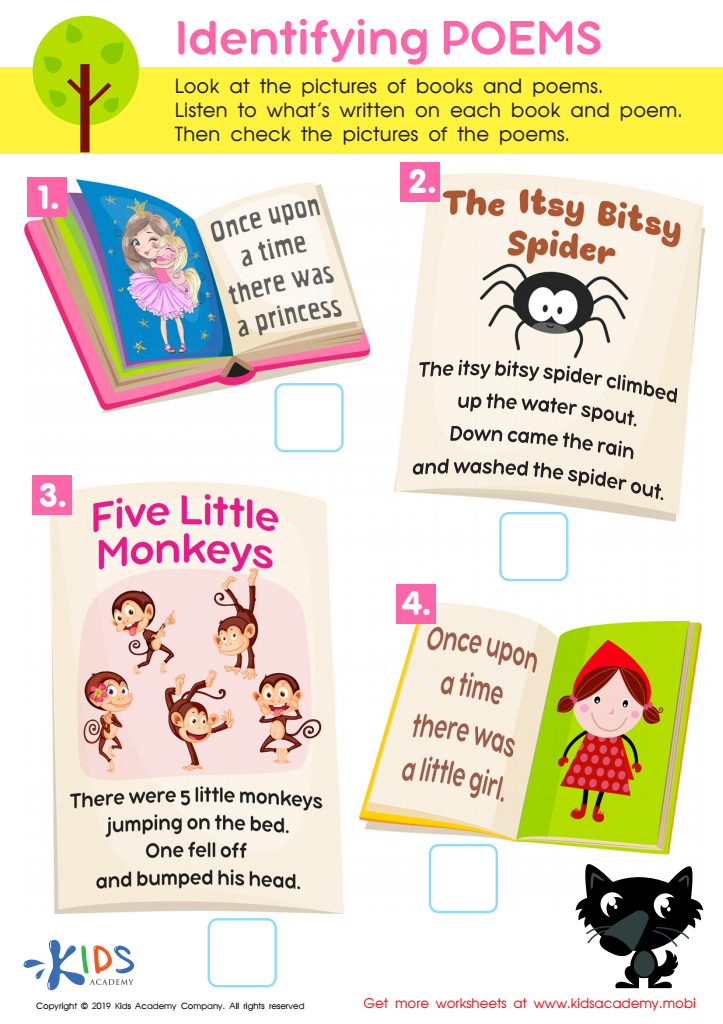

Identifying Poems Worksheet
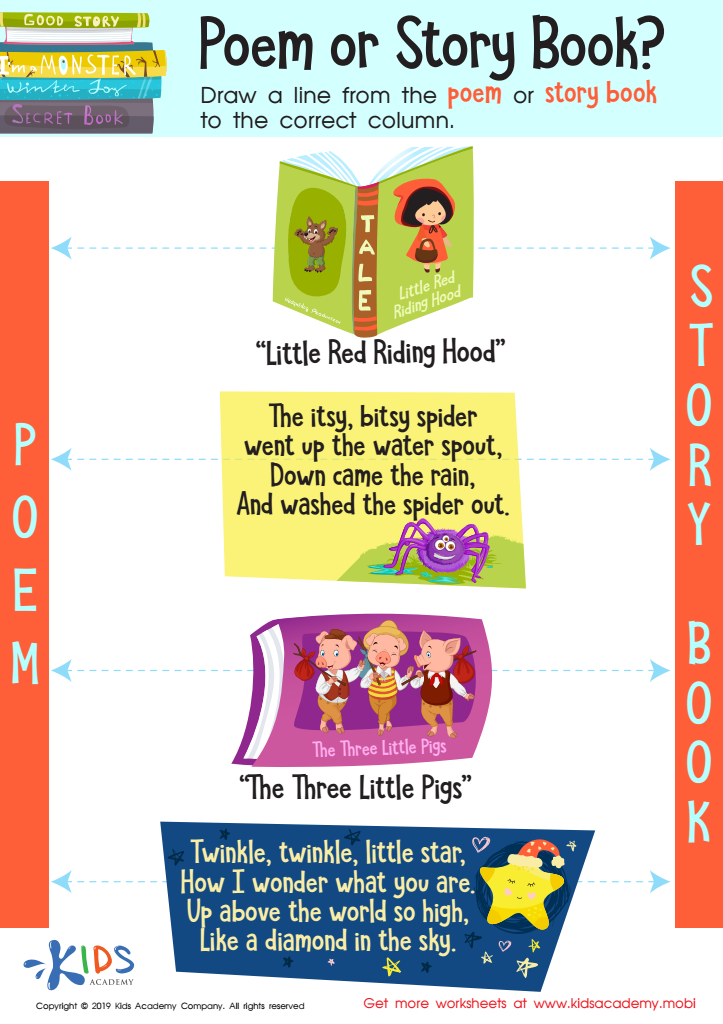

Poem or Story Book? Worksheet
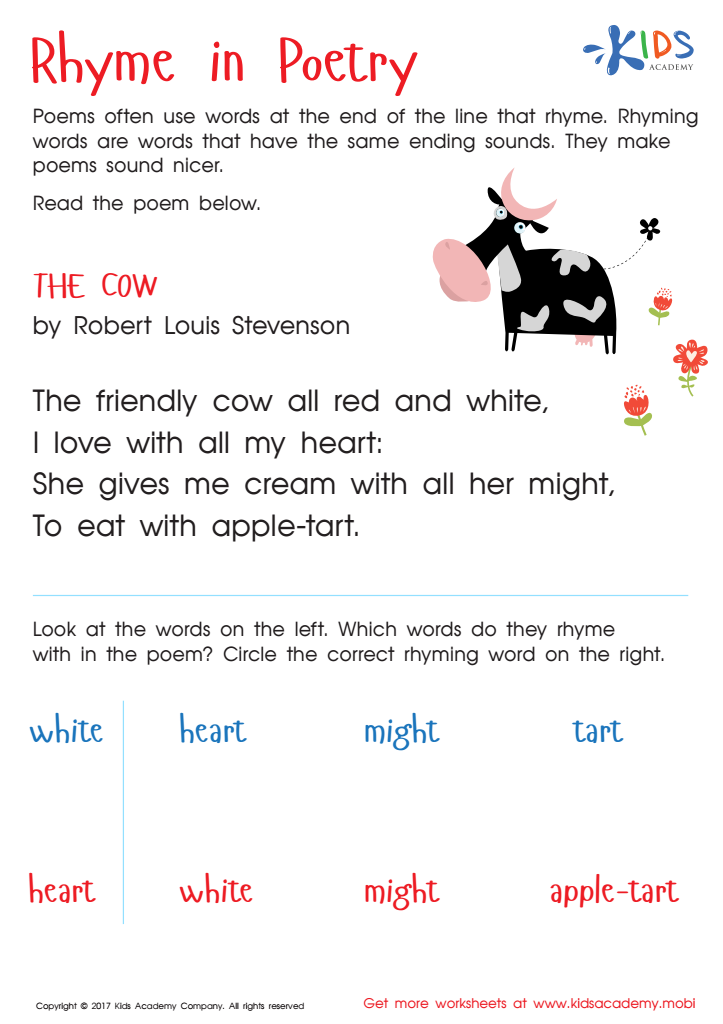

Rhyme In Poetry Worksheet
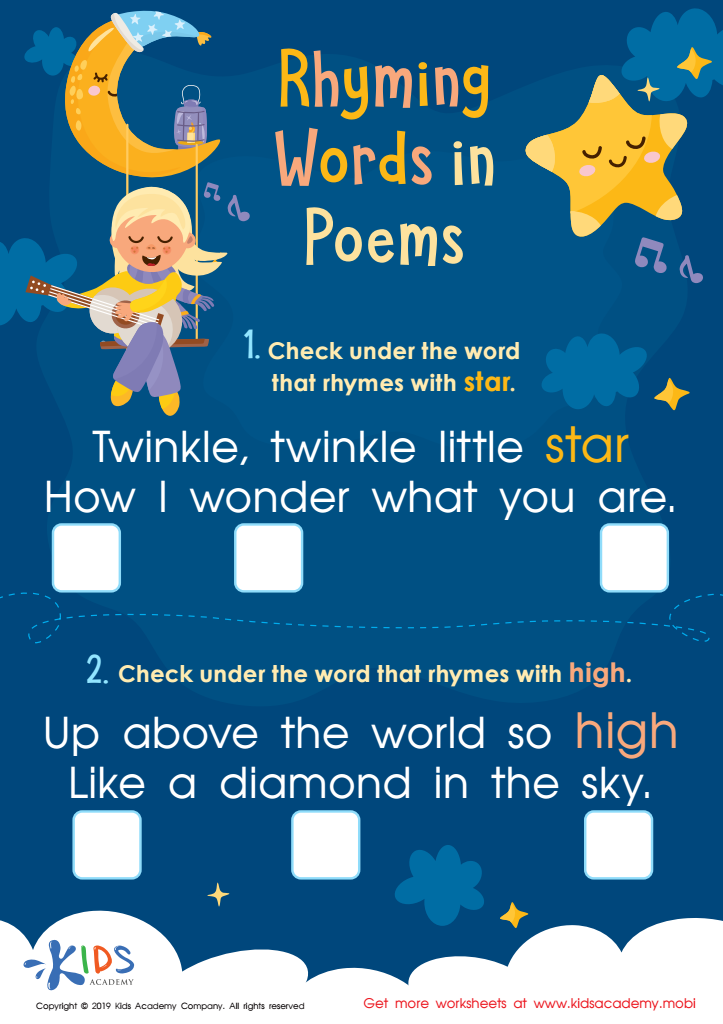

Rhyming Words in Poems Worksheet
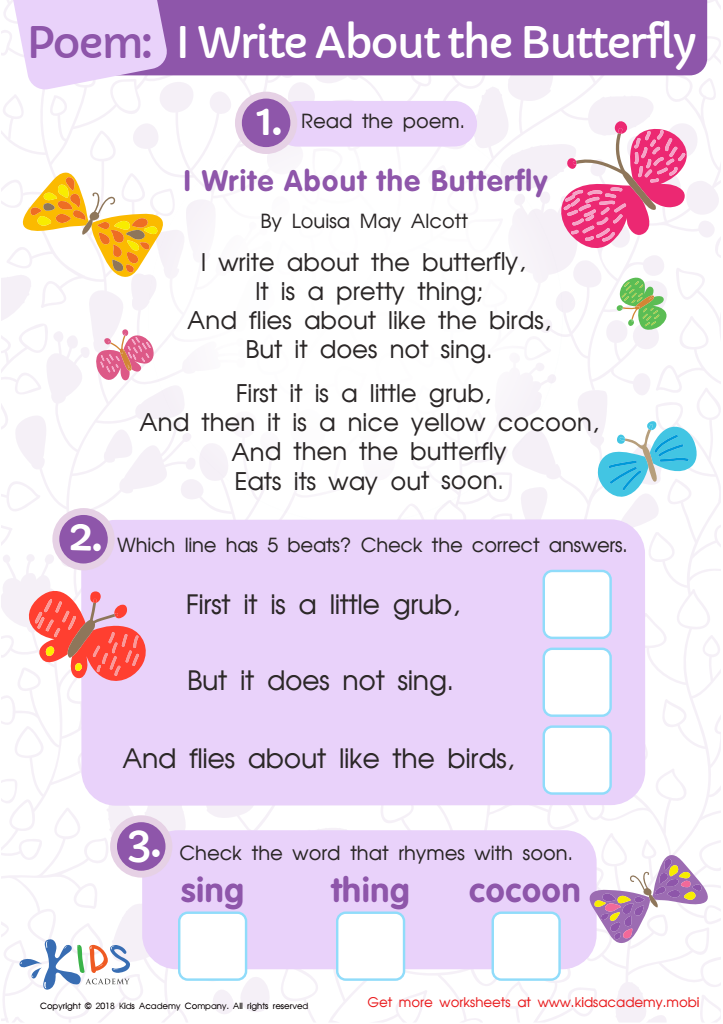

Poem: I Write About The Butterfly Worksheet
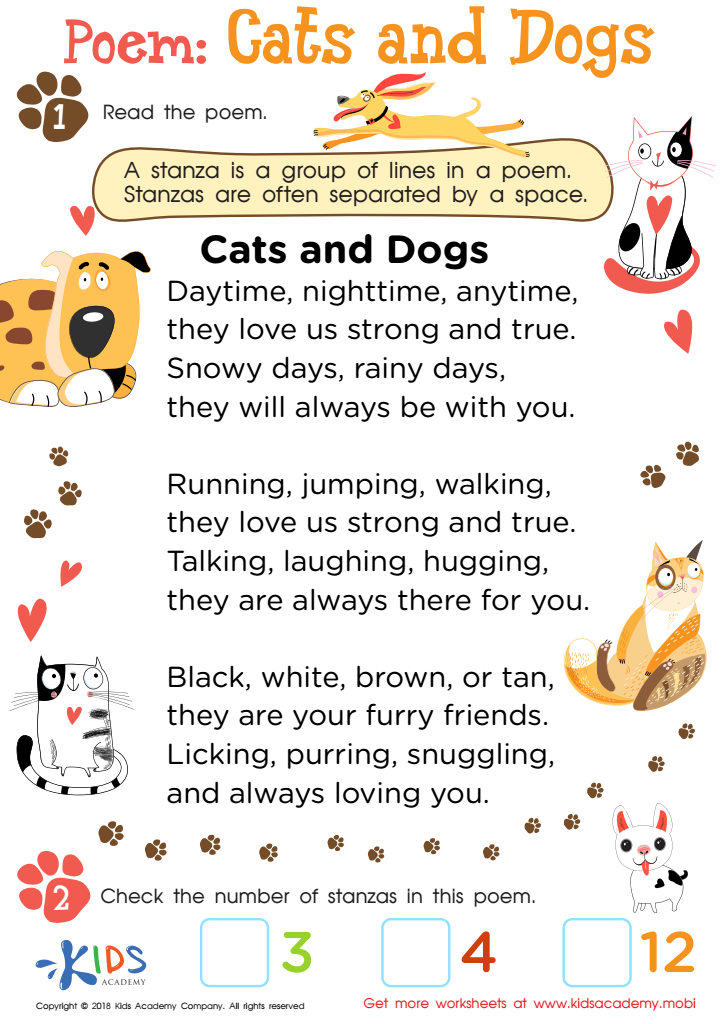

Poem: Cats and Dogs Worksheet
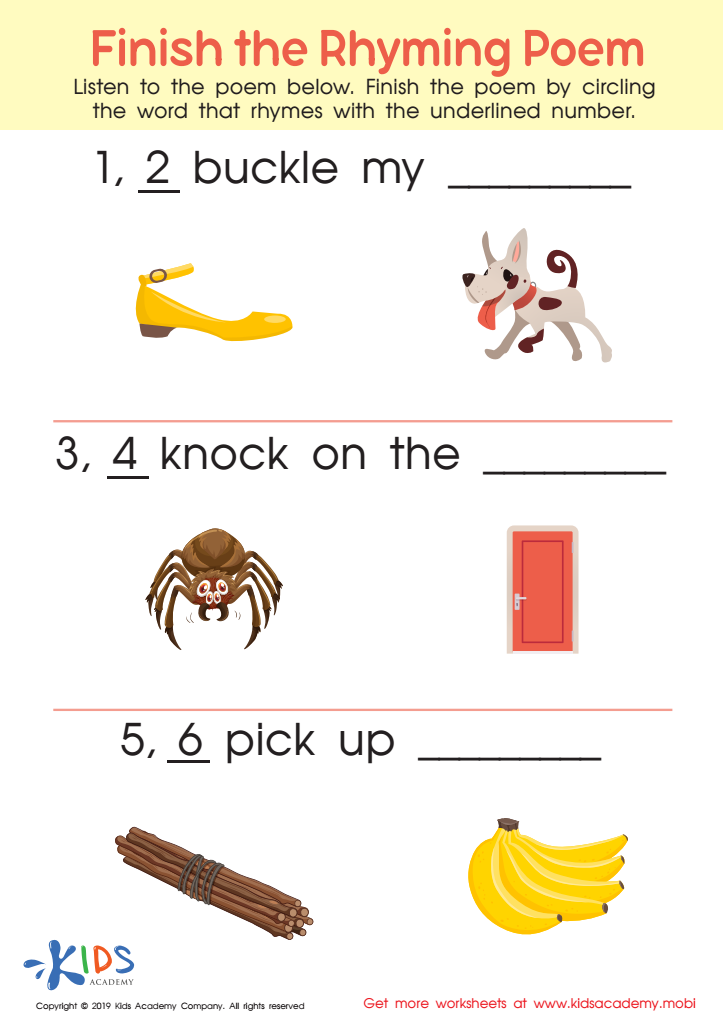

Finish Rhyming Poem Worksheet
Parents and teachers should care about Normal Songs and Poems Activities for children ages 5-8 because they play a vital role in fostering early literacy and cognitive development. Engaging with songs and poems enhances language skills through rhythm and rhyme, helping children build vocabulary and improve pronunciation. As they sing and recite, children also practice listening skills, memory retention, and comprehension.
These activities promote a love for reading and an appreciation for the arts, making learning enjoyable and interactive. Furthermore, they provide opportunities for social emotional development as children share and perform, boosting their confidence and encouraging cooperation in group settings.
Incorporating music and poetry into learning can also enhance creativity, as children are encouraged to express themselves and use their imagination. These activities can easily be aligned with educational goals, making them a perfect addition to lesson plans.
Importantly, songs and poems often carry themes and morals that can instill values such as empathy, respect, and perseverance, helping children navigate social contexts. Ultimately, songs and poems offer multifaceted benefits that support holistic development in early learners, making them essential tools for both parents and educators.
 Assign to My Students
Assign to My Students





